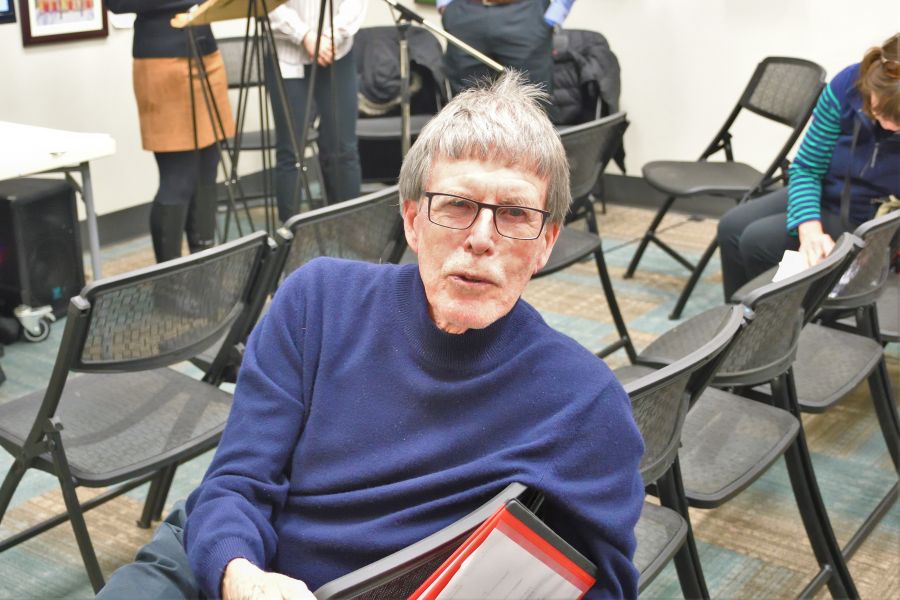Biology is far more complex than quantum physics and the study of the universe and stars.
And in biology, the brain is the most complex system with the possible exception of the operations of single cells and the immune system.
But for all its 80 to 100 billion nerve cells and the trillions of related connections between them, the brain’s code is based on sending and receiving electrical signals called action potentials.
These are brief, several millisecond reversals of the normal transmembrane potential across the membranes of nerve cells and their branches, which are transmitted with speeds ranging from 70 metres per second in the largest diameter nerve fibres to as slow as one metre per second in the smallest diameter nerve fibres.
All but the latter small-sized nerve fibres in the central and peripheral nervous systems are surrounded by a fatty sheath called myelin, which allows the impulse to skip along the nerve fibre.
At points where nerve fibres contact their target cells lies a thin gap (the synaptic cleft) where the action potential in the terminal of the proximate nerve fibre triggers the release of a chemical (acetylcholine, serotonin, glutamate, dopamine, or others), which crosses the synaptic gap and triggers a subthreshold conditioning potential or even an action potential in the target cell.
Understanding these processes were highlighted by the awarding of Nobel Prizes to Alan Hodgkin, Andrew Huxley, John Eccles and Bernard Katz.
What could go wrong with such an elegant system for sending and receiving signals, a system which with some variations, has been conserved through hundreds of millions of years of evolution – a sure signal (no pun intended) that it worked really well?
As it turns out, a lot can go wrong.
Information is coded in the nervous system, not only by what cells are connected to what cells, but by the frequency with which action potentials occur.
Unfortunately, diseases such as multiple sclerosis in the brain and acute and chronic demyelinating neuropathies affecting the peripheral nervous system, often attack the myelin sheath with the result that action potentials are blocked or their firing rates curtailed.
The result in the case of motor nerve fibres is weakness or for the equivalent in sensory fibres, loss of sensation, whether touch, thermal or pain or some instances spontaneous bursts of impulses in the most affected regions of the cells or their nerve fibres, which produce tingling, burning and electric shock-like pain.
Fortunately for the three disorders mentioned, conduction may be restored at least partially paving the way for more normal function.
Worse than the consequences of partial or complete loss of the myelin sheath occurs when the cell-body or its peripheral processes, begin to die, whether related to age or inflammatory, autoimmune, toxic, nutritional deficiencies, or other mechanisms. The list is long.
On the motor side, the loss of motoneurons in the brainstem or spinal cord may go unrecognized.
Motoneurons are connected to a family of muscle fibres that constitute what Sir Charles Sherrington (another Nobel laureate) called the motor unit.
The loss of up to a third of motoneurons may be masked by surviving motoneurons that establish connections with the orphaned muscle fibres following the death of their parent motor nerve cells.
This means that there may be little or no weakness, or atrophy of affected muscles for many months in diseases such as amyotrophic lateral sclerosis, also known as ALS, because surviving nerve cells pick up the slack.
That’s the good news. The bad news is that if those surviving motoneurons become affected together with their greatly expanded innervation field of muscle fibres, their loss will be much more costly.
Similar forms of functional compensations probably take place in the brain – in Parkinson’s disease, for example – before symptoms or signs of the disease become apparent.
Ditto for some of the dementias such as Alzheimer’s, where the disease has usually been going on for several decades before it is recognized clinically.
These illustrations of the impact of losses of the myelin sheath and nerve cells make the point that interfering with signalling in the peripheral and central nervous systems has serious functional consequences.
The clinical consequences of this may be masked by the capacity of related surviving nerve fibres and nerve cells to carry the load – up to a point.
Dr. William Brown is a professor of neurology at McMaster University and co-founder of the InfoHealth series at the Niagara-on-the-Lake Public Library.










